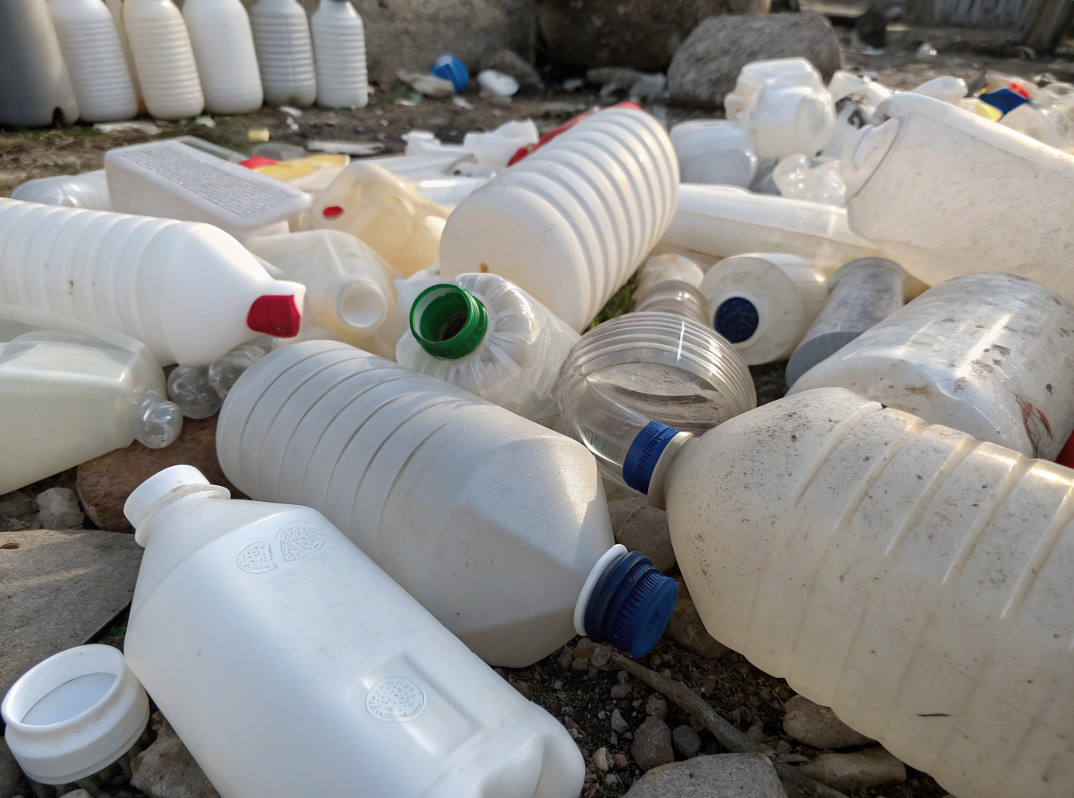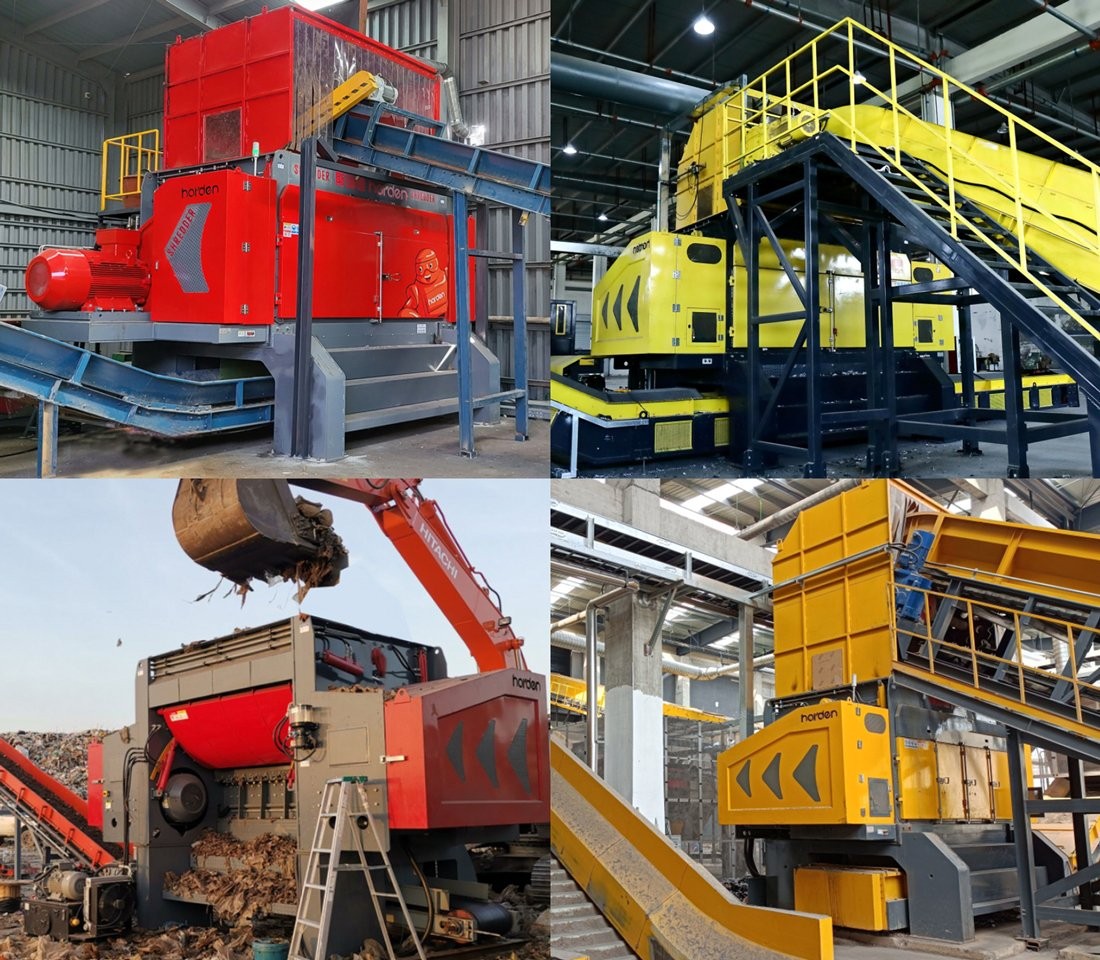 2025-01-10
2025-01-10Plastic pollution has become a major issue for the global environment. Each year, about 19 to 23 million tons of plastic waste find their way into aquatic ecosystems, severely contaminating oceans, lakes, and rivers, and disrupting ecological balance. Since the 1950s, over 9.2 billion tons of plastic have been produced worldwide, with most of it eventually turning into waste, either sent to landfills or released into the natural environment.
Because of their durability, plastics can take thousands of years or even longer to break down. According to the United Nations Environment Programme, plastic pollution is expected to increase in the coming decades, with plastic waste projected to triple by 2060, resulting in serious repercussions for ecosystems and human health.

Plastic pollution poses a significant threat not only to the survival of plants and animals but also to human economic, health, and social well-being. Statistics indicate that the annual cost of addressing plastic pollution ranges from 300 billion to 600 billion dollars.
A considerable portion of plastic waste comes from disposable items like plastic bags, food packaging, and plastic bottles, which are major contributors to environmental pollution. More alarmingly, these single-use plastics are often discarded after their initial use, but they persist as microplastics, contaminating water sources and soil, which ultimately impacts ecosystems.
Main Types of Plastic Waste
Various types of plastic waste exist, with several major categories being particularly prevalent. These include polyethylene terephthalate (PET), high-density polyethylene (HDPE), low-density polyethylene (LDPE), polypropylene (PP), and polystyrene (PS). Approximately 500 billion PET beverage bottles are sold worldwide each year, with a significant portion ultimately discarded and finding their way into oceans.
Additionally, items such as plastic bags, cutlery, and food containers constitute significant sources of plastic waste. Microplastics, which consist of minuscule plastic fragments from numerous origins, including tire degradation, microbeads from personal care products, and plastic shards from synthetic turf, also pose a major concern. Given their difficulty to degrade in the natural environment, the harmful effects of these plastics on ecosystems are escalating each year.

Mechanical recovery methods
Mechanical recycling is the process of converting waste plastics into reusable raw materials through a series of processes such as sorting, washing, crushing, screening, drying and repelletizing. The process effectively recovers plastic waste without altering its chemical structure, thus preserving the properties of the plastic and allowing it to be reused over and over again.
The advantages of mechanical recycling are its low energy consumption, economy and simplicity of operation, which makes it the dominant method of plastics recycling today. By recycling plastics and converting them into new post-consumer resins (PCR), the resource consumption and carbon emissions required for the production of new plastics can be significantly reduced. Compared to conventional plastics production, recycled plastics consume about 79% less energy and emit more than 67% less greenhouse gases to make new products.
Harden's Recycling Pretreatment Technology
The pretreatment stage plays a crucial role in the mechanical recycling process, significantly impacting the overall success of recycling initiatives. To produce clean and high-quality recycled materials, waste plastics need to undergo comprehensive fine crushing, washing, and separation to eliminate impurities.
With over ten years of experience in solid waste resource processing, Harden Machinery has developed a highly efficient single-shaft industrial plastics shredder capable of processing up to 200,000 tons of waste plastics per hour. The company’s shredders incorporate several patented technologies, such as intelligent built-in circular compression, gap shearing, and a closely aligned knife shaft design. These innovations guarantee equipment stability, consistent crushing results, and remarkable output capacity.

Harden Machinery provides customized solutions for a variety of waste plastics and the unique requirements of different industries. Their equipment can be modified in terms of torque, speed, and knife configurations to accommodate the properties of various materials, ensuring that the final recycled products meet industry standards for further resource processing. Consequently, Harden Machinery's recycling equipment has gained considerable popularity in the global market, positioning the company as a significant player in the plastics recycling field.
Plastic pollution is a serious global challenge that urgently needs to be addressed. Although recycling can be complex, progress has been made through methods like mechanical recycling. Companies such as Harden Machinery are enhancing recycling efficiency with innovative strategies. The successful recycling of plastic waste relies on collaboration and technological advancements to protect the global environment.













